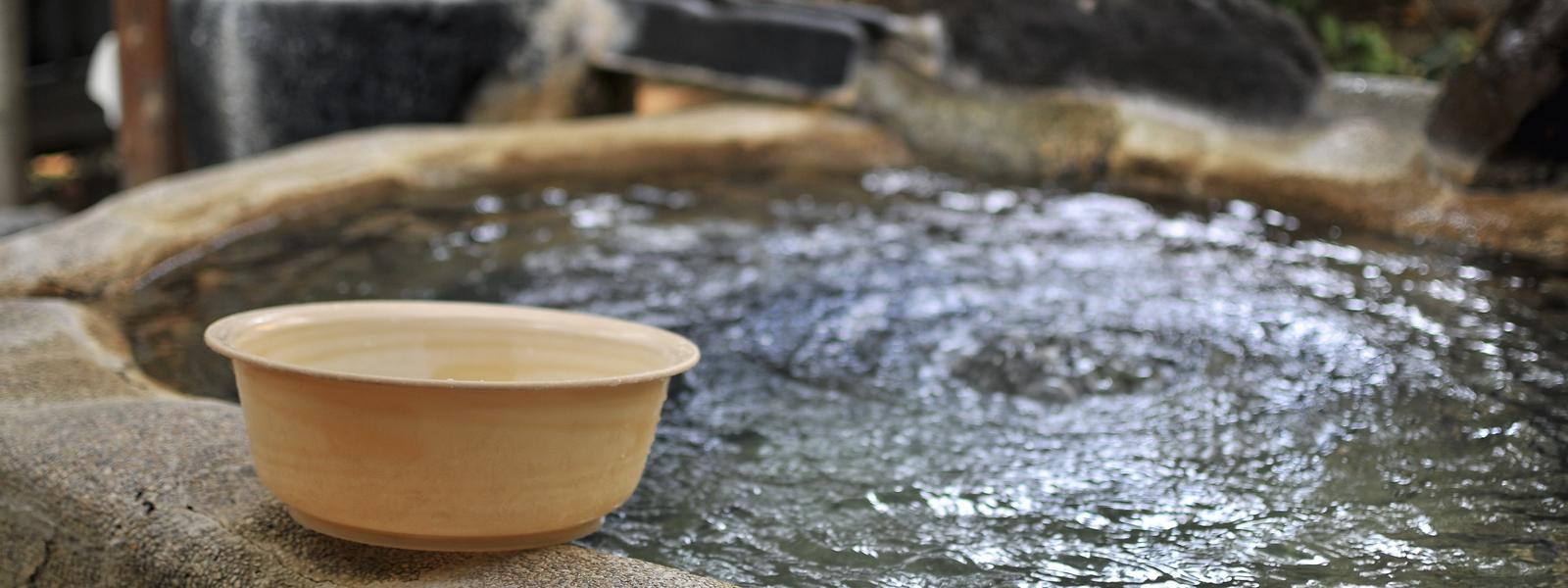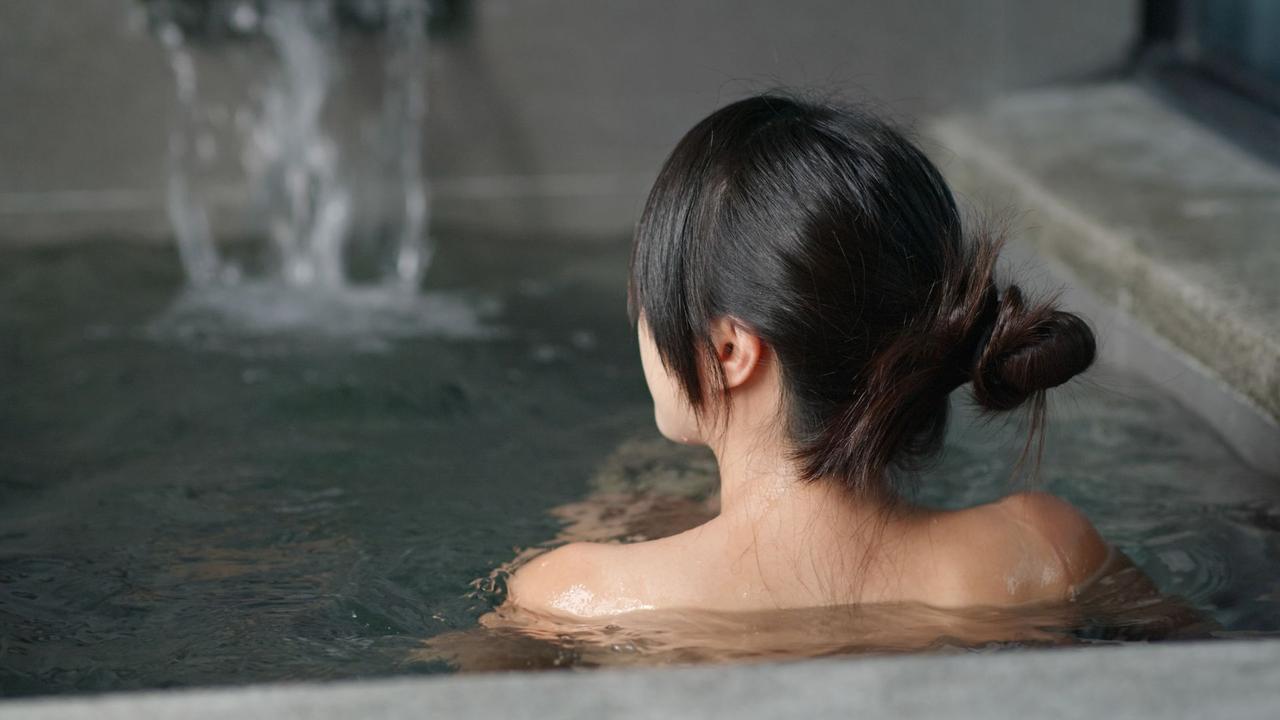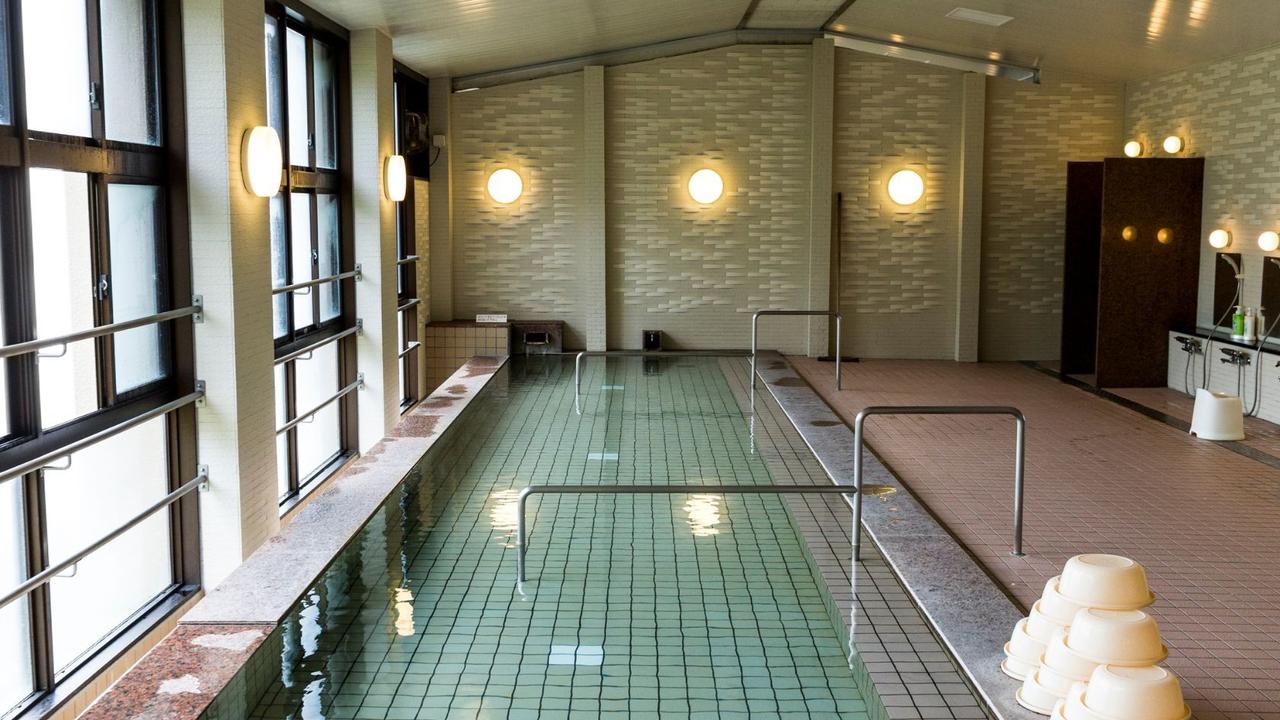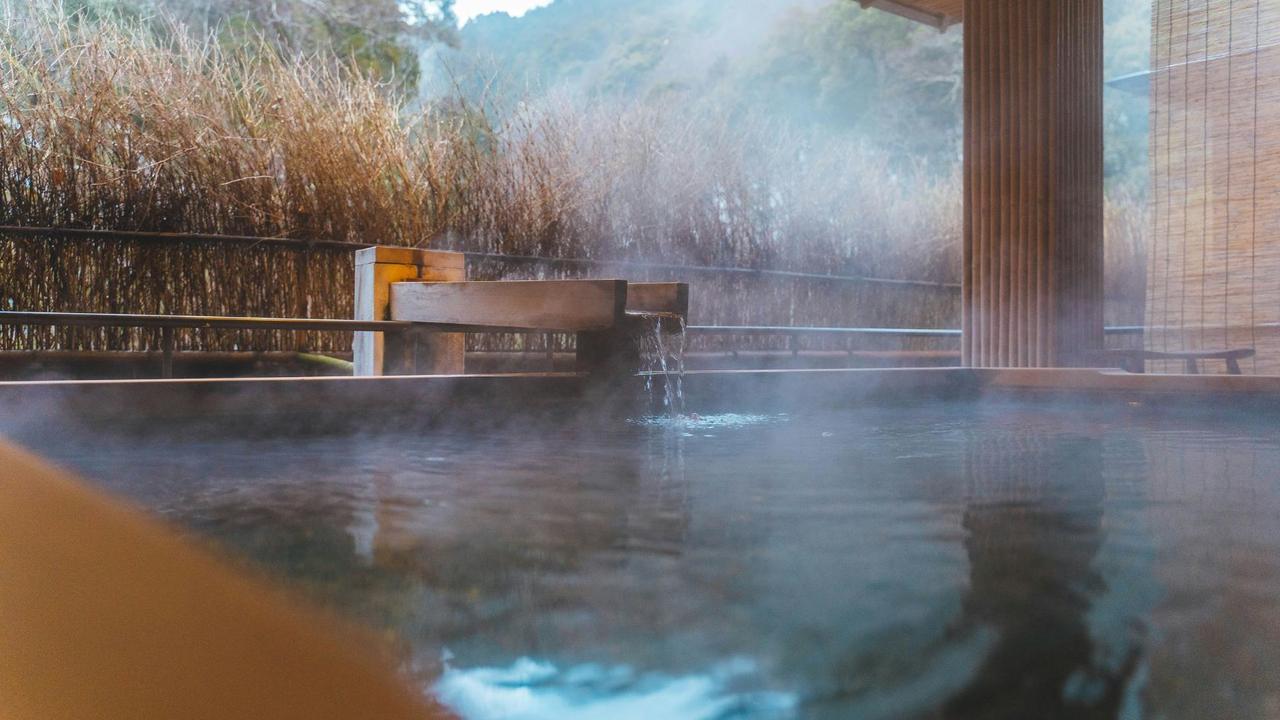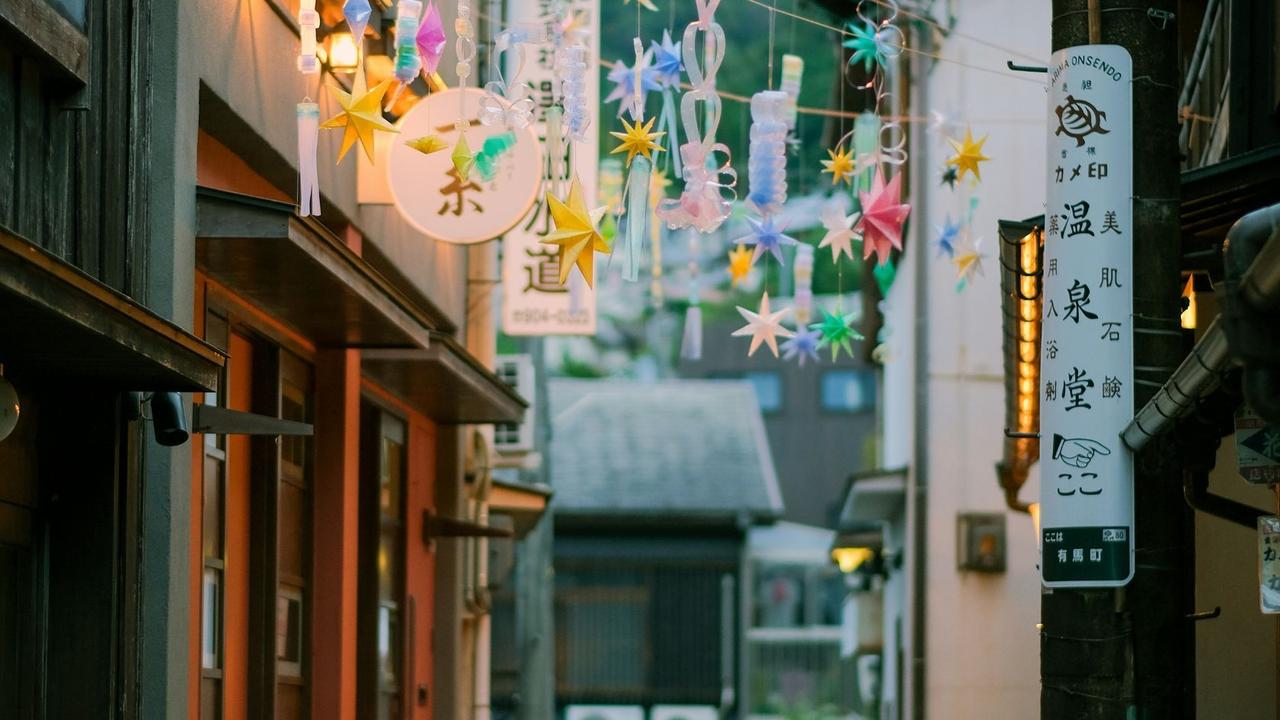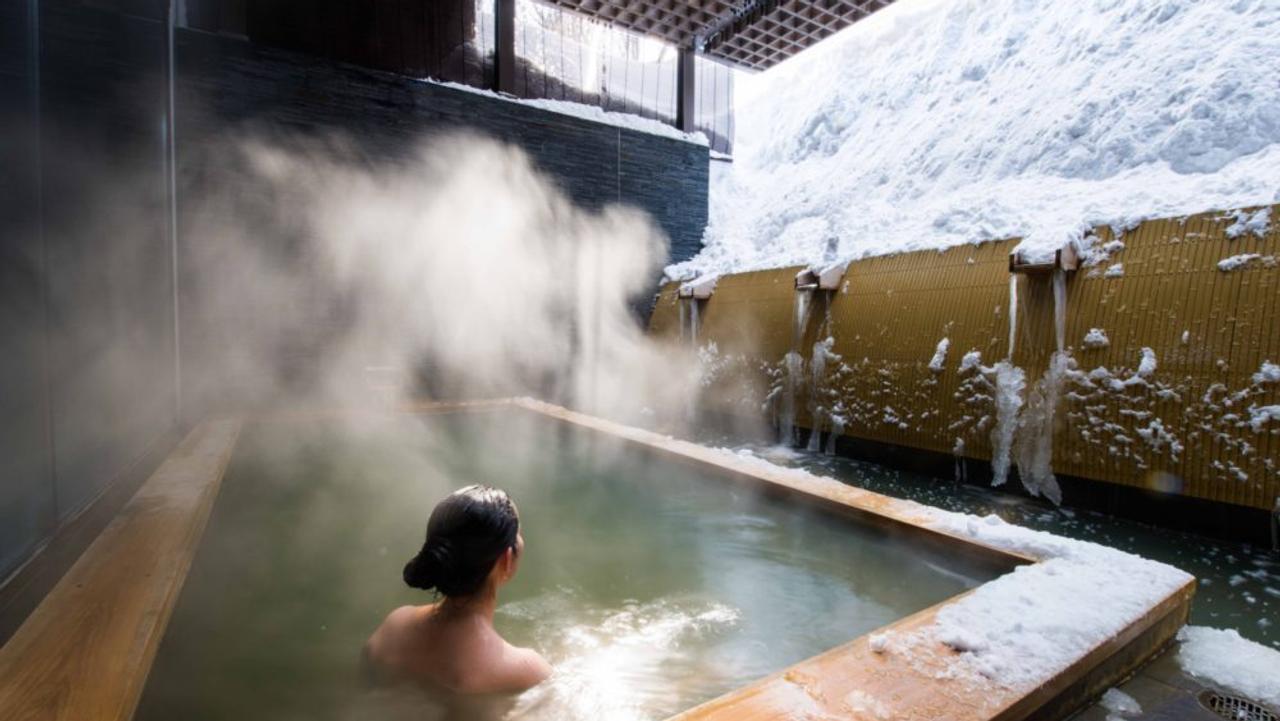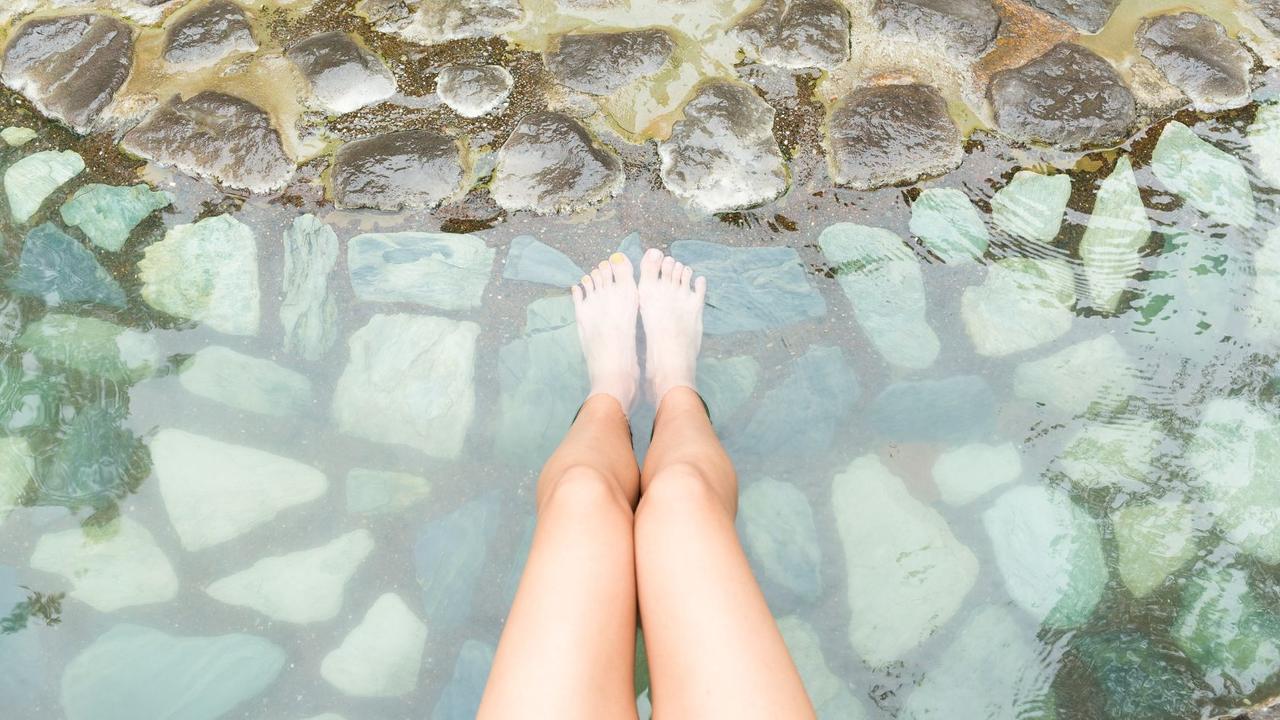Cool tips for hot springs: the onsen experience in Japan
Welcoming steam rises from calm waters and snow dusts the surrounding trees. You gingerly step out of the cold air and into the warm, mineral-rich, bath, and feel your muscles relax…
You are, of course, in an onsen: one of the thousands of natural, hot spring baths that can be found across Japan.
Hot springs bubble up in every region of Japan, but onsen are particularly numerous in Hokkaido, Tohoku, Kanto, Chubu and Kyushu. Some hot spring towns have histories stretching back more than 1000 years, whilst others have sprung up much more recently, and each has a natural spring (or a few thousand!) at their centre, distinguished by the different minerals they contain.
The onsen themselves range from intimate, private affairs to larger indoor (uchiburo) and outdoor (rotemburo) communal pools. Some have a traditional wooden cabin feel, whilst others are strikingly modern architectural statements, and you’ll find them in traditional ryokan, contemporary hotels, and public bath houses.
Whilst individual baths’ exact rules will vary, there’s an established set of customs to respect. Here’s a few tips for enjoying a soak – read our onsen & sento etiquette guide for the full lowdown - and some suggestions on where to go for a relaxing and memorable onsen experience.
Slip out of your clothes (yes, all of them) in the changing rooms and leave them in the lockers. Onsen are gender-segregated and swimming costumes rarely allowed.
Wash yourself thoroughly in the shower so you don’t ‘muddy’ the onsen waters. Tie-up your hair if it is long.
Cover your modesty with the small towel provided and walk slowly to the bath as the floors can be slippery.
Enter the water slowly – it will be hot (40-44 degrees C). Keep your small towel and your head out of the water.
Respect the calm, tranquil atmosphere – onsen are not for swimming in!
Sip sake if it’s offered but stay hydrated with water. Try out different baths and take regular breaks, perhaps for a massage or other treatment.
Bath house culture: sento or onsen?
From Hokkusai’s iconic woodblock images to the otherworldly hub at the centre of Studio Ghibli’s ‘Spirited Away’, bath houses have lore and legend that runs through the very core of Japanese culture, and beyond. But not all hot waters are equal…
In its purest meaning, an onsen has at least one bath filled from a naturally-occurring hot spring, whilst a sento (although often similar in appearance to the larger public indoor onsen) is filled with ordinary heated tap water, which is often chlorinated. If you’re after the real deal hot spring experience, particularly if you’re looking for a smaller establishment with a foresty feel, then you’ll want an onsen. If you simply want to sit back and soak in blissfully warm water, then a sento is fine. Similar etiquette rules apply in both. However, unlike in many onsen, where soap and shampoo are offered to bathers to wash with before entering, you’ll usually have to bring your own to a sento.
A few onsen to try …
Akizuki Onsen Seiryuan, Kyushu - Compact & calm
Amongst Kyushu’s many hundreds of ryokan, the Akizuki Onsen Seiryuan stands out as being a bit special. This is a great option for those who prefer privacy, too, as the dense forest surroundings provide a remote, dreamlike atmosphere that brings the outdoors into the private onsens in every room.
Kinosaki Onsen, Hyogo - Inclusive & historic
Kinosaki has been rated as one of the best onsen towns in Japan on several occasions, and it certainly ticks a lot of boxes. Traditional onsens don’t admit those with tattoos (due to their association with yakuza), but in Kinosaki you can display your ink art freely, as all seven of the town’s public outdoor hot springs are tat-friendly. The town has some gorgeous ryokan to stay at too, including the world-renowned Kobayashiya and Nishimuraya Honkan, with a weighty few centuries of history to soak up along with the mineral waters!
Beppu Onsen, Kyushu - Choice & prestige
Often referred to as the hot spring capital of Japan, Beppu’s eight clusters of onsen, or resorts, cover an astonishing 3000+ sources. Whilst the region’s most famous rainbow-hued (sometimes crocodile-containing) pools of the Jigoku Meguri, or the ‘Hells of Beppu’ are spectacular to look at, however, they’re certainly not for bathing in! Never fear - with so many springs, there are plenty of bathable options too, and the variety on offer is broad, including some more unusual ones, such as mud, steam and sand baths. Try Beppu’s waters for yourself at the swish, modern Tanayu Onsen, or at the atmospheric (if slightly more rough-and-ready) Takegawara.
Hot springs with something different…
Escape Hakone’s tourist rush, and enjoy a mountainous horizon with a different profile (no views of Fuji-san, but plenty of natural beauty), from the infinity hot spring pool at Hakone Kowakien Ten-yu.
Take ‘getting away from it all’ to a different level at Iya Onsen: a traditional-feel property overlooking the Iya Valley, with natural hot springs, which can only be reached via cable car.
